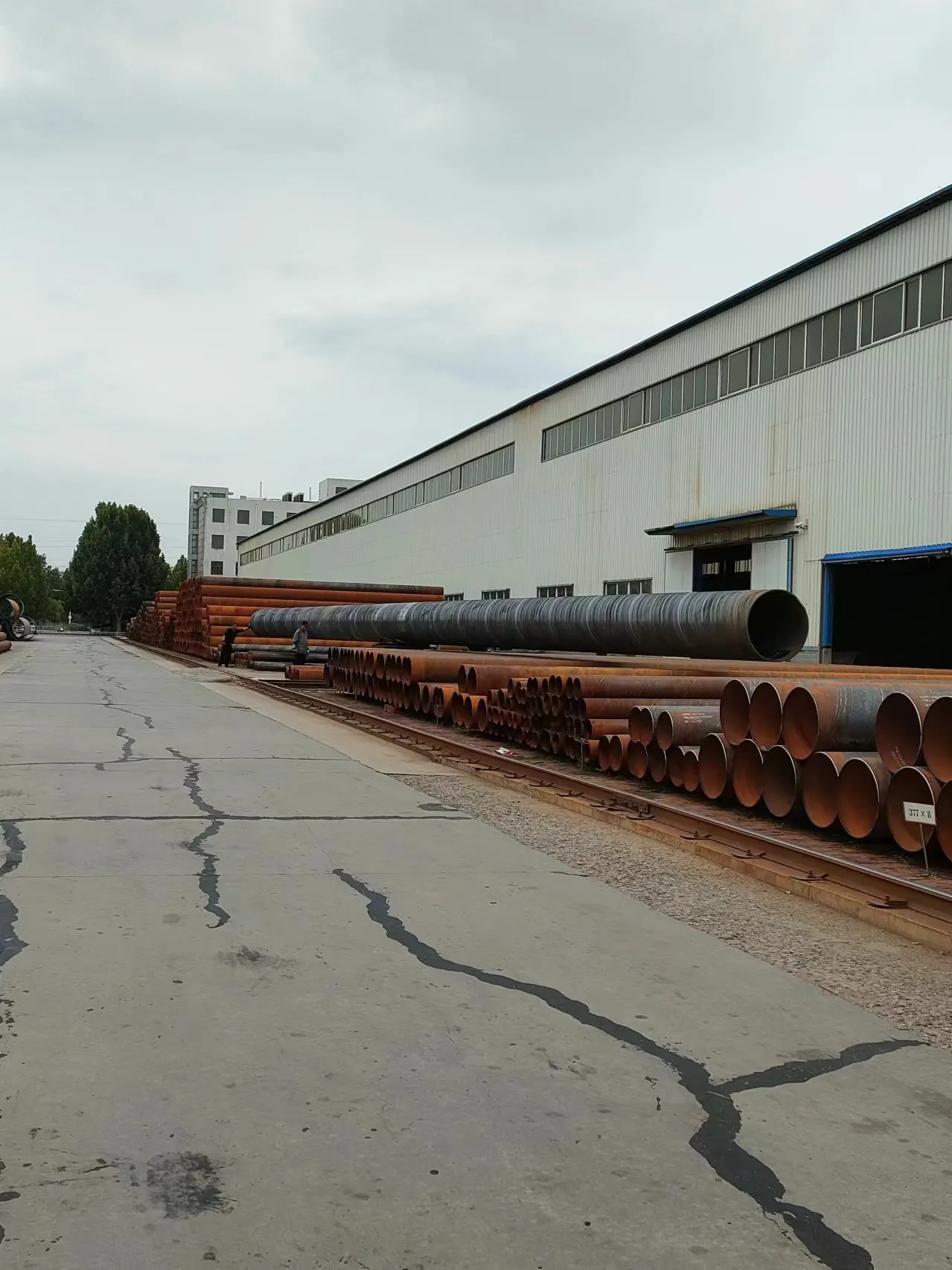-
Cangzhou Yulong Steel Co., Ltd.
-
Phone:
+86 13303177267 -
Email:
admin@ylsteelfittings.com
- English
- Arabic
- Italian
- Spanish
- Portuguese
- German
- kazakh
- Persian
- Greek
- French
- Russian
- Polish
- Thai
- Indonesian
- Vietnamese
- Zulu
- Korean
- Uzbek
- Hindi
- Serbian
- Malay
- Ukrainian
- Gujarati
- Haitian Creole
- hausa
- hawaiian
- Hebrew
- Miao
- Hungarian
- Icelandic
- igbo
- irish
- Japanese
- Javanese
- Kannada
- Khmer
- Rwandese
- Afrikaans
- Albanian
- Amharic
- Armenian
- Azerbaijani
- Basque
- Belarusian
- Bengali
- Bosnian
- Bulgarian
- Catalan
- Cebuano
- China
- China (Taiwan)
- Corsican
- Croatian
- Czech
- Danish
- Esperanto
- Estonian
- Finnish
- Frisian
- Galician
- Georgian
- Kurdish
- Kyrgyz
- Lao
- Latin
- Latvian
- Lithuanian
- Luxembourgish
- Macedonian
- Malgashi
- Malayalam
- Maltese
- Maori
- Marathi
- Mongolian
- Myanmar
- Nepali
- Norwegian
- Norwegian
- Occitan
- Pashto
- Dutch
- Punjabi
- Romanian
- Samoan
- Scottish Gaelic
- Sesotho
- Shona
- Sindhi
- Sinhala
- Slovak
- Slovenian
- Somali
- Sundanese
- Swahili
- Swedish
- Tagalog
- Tajik
- Tamil
- Tatar
- Telugu
- Turkish
- Turkmen
- Urdu
- Uighur
- Welsh
- Bantu
- Yiddish
- Yoruba

Dec . 14, 2024 06:29 Back to list
ansi flange
Understanding ANSI Flanges A Comprehensive Overview
ANSI flanges, a vital component in piping systems, are engineered to create tight seals between two pipes, valves, or fittings. The American National Standards Institute (ANSI) has established a set of specifications and dimensions that ensure the interoperability of piping materials and assembly methods, which is crucial for maintaining safety and efficiency in various industries, including oil and gas, chemical processing, and water treatment.
What are ANSI Flanges?
Flanges can be described as protruding rims, edges, or edges used to create a connection between two components. ANSI flanges are specifically designed to meet strict dimensional and material standards prescribed by ANSI to guarantee uniformity and compliance across different applications. These flanges are made from various materials such as carbon steel, stainless steel, and plastic, allowing them to be tailored to specific needs based on the operating environment and media being transported.
Categories of ANSI Flanges
ANSI flanges are categorized under several classifications based on their design and application. Some common types include
1. ANSI Slip-on Flanges These flanges slide over the pipe's end and are then welded in place. They offer a simple assembly and are commonly used in low-pressure applications.
2. ANSI Weld Neck Flanges Featuring a long tapered hub, these flanges are welded to the pipe and are suitable for high-pressure applications. Their design allows for flexibility in accommodate thermal expansion.
3. ANSI Blind Flanges These flanges do not have a bore, which means they are used to close off a piping system or vessel. They are particularly useful for maintenance operations.
ansi flange

4. ANSI Socket Weld Flanges Designed for small diameter piping systems, these flanges are inserted into the pipe's end socket and welded, providing a strong connection that is resistant to vibration.
5. ANSI Threaded Flanges These flanges have internal threads that allow them to be screwed onto the corresponding pipe. They provide the convenience of a no-weld solution, making them suitable for small pipes and easy disassembly.
Standards and Specifications
The ANSI/ASME B16.5 standard outlines the dimensions, tolerances, and markings for flanges from 1/2 inch to 24 inches in diameter. The flanges are categorized by pressure class, which dictates their maximum allowable working pressure at a certain temperature, thus ensuring that they can withstand the necessary operating conditions. The common pressure ratings include 150, 300, 600, and up to 2500 pounds per square inch (psi).
Importance in Industry
The use of ANSI flanges is paramount in ensuring integrity in piping systems. Their ability to withstand high pressures and temperatures without leaking is critical for protecting both workers and the environment. Additionally, the standardization that ANSI provides simplifies the procurement and replacement of flanges, reducing downtime and costs associated with maintenance and repairs.
Conclusion
In summary, ANSI flanges play a crucial role in modern piping systems. Their designs cater to various applications, from low-pressure water transport to high-pressure industrial processing. Understanding the different types, standards, and applications of ANSI flanges can lead to better decision-making when it comes to system design, maintenance, and upgrades, ultimately enhancing operational efficiency and safety. As industries continue to evolve, the demand for reliable and standardized flanges will only increase, highlighting the importance of these components in the foundation of piping infrastructure.
Latest news
-
ANSI 150P SS304 SO FLANGE
NewsFeb.14,2025
-
ASTM A333GR6 STEEL PIPE
NewsJan.20,2025
-
ANSI B16.5 WELDING NECK FLANGE
NewsJan.15,2026
-
ANSI B16.5 SLIP-ON FLANGE
NewsApr.19,2024
-
SABS 1123 FLANGE
NewsJan.15,2025
-
DIN86044 PLATE FLANGE
NewsApr.19,2024
-
DIN2527 BLIND FLANGE
NewsApr.12,2024
-
JIS B2311 Butt-Welding Fittings LR/SR 45°/90° /180°Seamless/Weld
NewsApr.23,2024











